LATCOSMOS was created to allow Latin American professionals to be trained as payload specialists and fly suborbital space missions with the objective of operating science and engineering tests in microgravity and to be the first space missions fully crewed by Latin Americans.
Suborbital flights rise ballistically and pass the Kármán line, which is the boundary between the atmosphere and outer space, and descend almost immediately.
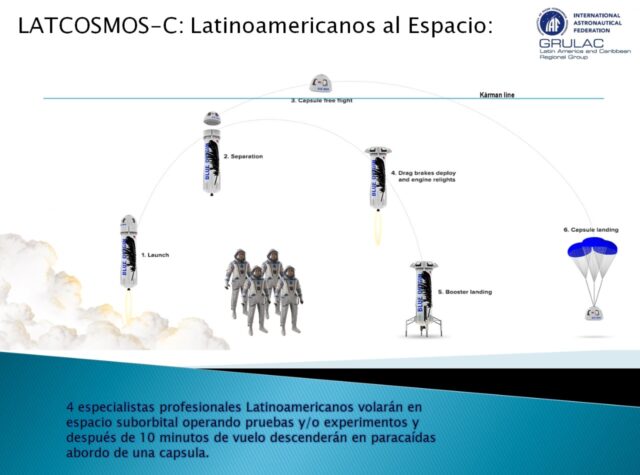
At an altitude of 80 kilometers, the capsule separates from the rocket and continues to fly for approximately 105 kilometers; then begins its descent and re-enters the atmosphere at hypersonic speed. As it gets close to the Earth it deploys its parachutes and lands.
I had the opportunity of conversing with LATCOSMOS founder Ronnie Nader who also directs Ecuador’s space agency EXA and who will pilot Adolfo’s flight. Mr Nader is a Systems Engineer specializing in Cybernetics and received his astronaut certification at Russia’s Yuri Gagarin Cosmonaut Training Center.
It is generating a lot of interest in Costa Rica having a Costa Rican involved in a LATCOSMOS suborbital flight. Can you please tell us about the selection process that led to Adolfo being chosen and what characteristics you look for in the candidates who will make the suborbital flights?
The name of this mission is ESAA-01, acronym for Ex Sominus Ad Astra, latin for From a Dream to the Stars. This mission is about 13 years in the planning and the final selection started about 4 years ago, the candidate requirements are as listed in this link. https://www.latcosmos.org/c-platform
We had been observing Adolfo since 2013, but the selection process is slow and strict, so Adolfo was offered the post only in 2016 during the 1st IAA symposium in Argentina. Besides the requirements listed, there are many other psychological requirements behind the selection for this specific mission that Adolfo met successfully. Also important to note for this selection was Adolfo’s important role in Costa Rica’s (and Central America’s) first satellite.
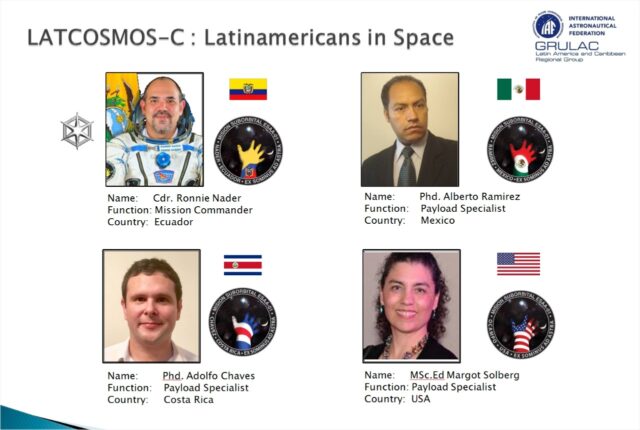
Please tell us about the other members of the crew in Adolfo’s mission and their roles.
In the crew is also Dr. Alberto Ramirez, UNAM from Mexico, MSc. Margot Solberg, AC from the USA and myself (EXA, Ecuador). Dr. Ramirez is a prominent professor and researcher from the prestigious UNAM university, linked for many years to the aerospace academic community and the development of Mexican satellites and is the current director of the High Technology Unit/Laboratory of UNAM’s Engineering faculty in Queretaro. His role is Mission Specialist and Test Subject.
MSc. Solberg is a K12 teacher in the Cotopaxi Academy, a US school in Ecuador. She’s a scholar who has presented many papers orally to the International Astronautical Federation over the years about the positive effects of adding astronautics in STEM education. She has launched 4 student payloads on NASA sounding rockets into space and is a regular collaborator with EXA and NASA in STEM matters. One of the key factors for her selection is her lifelong commitment to early education and astronautics. She speaks Spanish fluently and her mother is Mexican, hence the selection. She was selected only recently (2 years ago), however EXA has been working with her since 2008. Her role is Mission Specialist and Test Subject.In my case, I am the Mission Commander, my bio is available at http://exa.ec/ronnie-nader-en.htm, I am the only one with formal astronaut training, in GCTC (Russia),and with real mission experience as a commander in the Ecuadorian Air Force. My academic rank is Academician M2 (International Academy of Astronautics), but I also hold degrees in systems engineering, astrobiology and cybernetics and I am an aerospace engineer by craft. I am the father of my country’s first satellite (and second too).
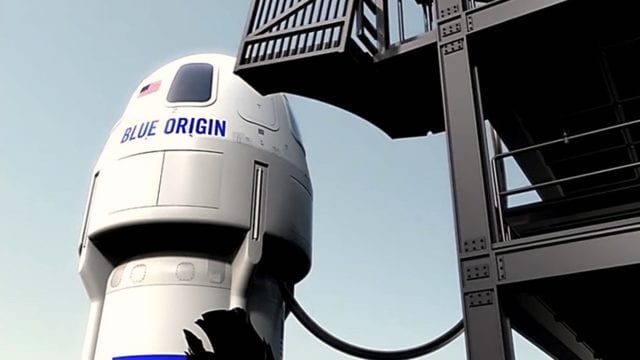
As you can see, all participants (except for myself) are professors and teachers and this is because the most important part of this mission begins after we land successfully and will probably take the rest of our natural lives, which is to share with the youth the marvels and the importance of space exploration for the future of our species and inspire in them the values that will allow them to achieve their dreams, at the same time that they support a sustainable future for humanity, not only on this planet, but across many more.
Blue Origin is an important partner in this project. Do you have a tentative date for Adolfo’s flight? Where will the flight be launched from?
Blue Origin and EXA have a non disclosure agreement in place that does not allow me to specify a date, but the launch site will most probably be Texas, USA.
Please tell us about the training Adolfo will undergo to prepare for his mission.
The training they will receive is a shortened version of the ASA/T program which can be found here: http://exa.ec/programa-asat.htm Currently, I cannot say more about this subject as it is considered proprietary information from EXA.
Costa Rica will soon have its own space agency. What are the biggest advantages for Latin American countries to have their own space agencies?
It has advantages and disadvantages on their own, depending on which country we are talking about. The case for Argentina is different than the case for Peru or the case for Brazil. The Ecuadorian and Colombiam cases are very different. Chile doesn’t have one and so on. As the current chairman for the IAF GRULAC I know them all and each one faces their unique challenges and have their unique advantages based on their local state of affairs. It remains to be seen what benefits a space agency can bring to the scenario in Costa Rica. It depends a lot on the maturity of that society and I think this question can be answered better by Adolfo than me.
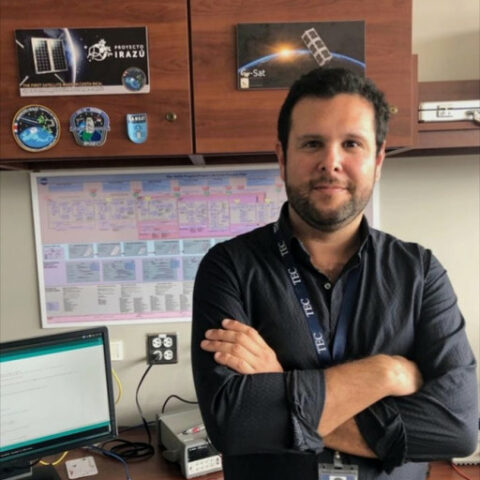
I asked Adolfo Chaves what it meant to him to have been chosen for this mission:
A path. It means a path. When I was little, I wished that Costa Ricans had official opportunities to go to space. There were none. I wish there was one in a million opportunity. My whole life, I have made a lot of efforts in order to get closer and closer to my real passion, that is space. When I met Commander Nader, I told him I deeply respected the fact that he was trained as a cosmonaut and asked him for advice. He opened the opportunity to find this path for me. When I was a kid, Franklin Chang opened our eyes as an example that Costa Ricans are able to reach the stars. But I always insist that there is a bit of an error of perception in the story of Dr. Chang. He is an extraordinary person, no doubt, but he is seen as a singularity. For me, he is proof that we can achieve these things but Costa Rica has plenty of extraordinary people in every level and we need to be more aware of it, not only in space, but in every area of society.
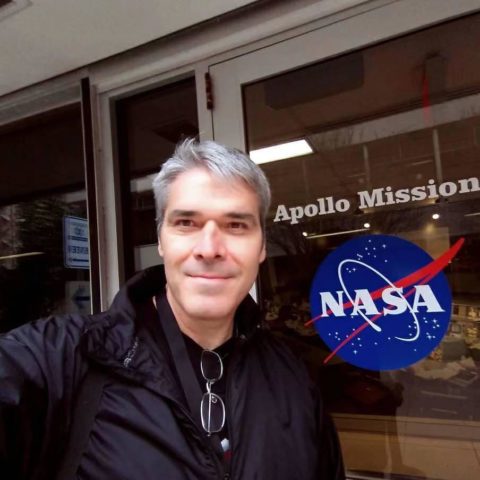
Bruce Callow is a Canadian teacher and co-author of the book To the Stars: Costa Rica in NASA. He does space education outreach work on behalf of NASA.

